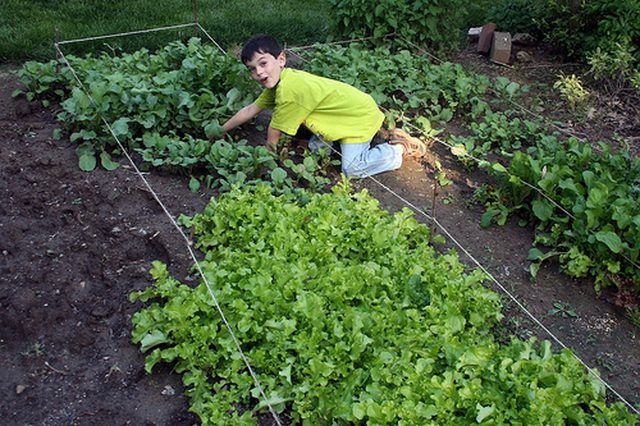Bulbs
Flower Basics
Flower Beds & Specialty Gardens
Flower Garden
Garden Furniture
Garden Gnomes
Garden Seeds
Garden Sheds
Garden Statues
Garden Tools & Supplies
Gardening Basics
Green & Organic
Groundcovers & Vines
Growing Annuals
Growing Basil
Growing Beans
Growing Berries
Growing Blueberries
Growing Cactus
Growing Corn
Growing Cotton
Growing Edibles
Growing Flowers
Growing Garlic
Growing Grapes
Growing Grass
Growing Herbs
Growing Jasmine
Growing Mint
Growing Mushrooms
Orchids
Growing Peanuts
Growing Perennials
Growing Plants
Growing Rosemary
Growing Roses
Growing Strawberries
Growing Sunflowers
Growing Thyme
Growing Tomatoes
Growing Tulips
Growing Vegetables
Herb Basics
Herb Garden
Indoor Growing
Landscaping Basics
Landscaping Patios
Landscaping Plants
Landscaping Shrubs
Landscaping Trees
Landscaping Walks & Pathways
Lawn Basics
Lawn Maintenance
Lawn Mowers
Lawn Ornaments
Lawn Planting
Lawn Tools
Outdoor Growing
Overall Landscape Planning
Pests, Weeds & Problems
Plant Basics
Rock Garden
Rose Garden
Shrubs
Soil
Specialty Gardens
Trees
Vegetable Garden
Yard Maintenance
What Is Compost Soil?
What Is Compost Soil?. Compost soil is a free medium to grow plants and vegetables in that you create yourself from leftover items and organic waste. You create compost soil by adding items that are naturally high in nitrogen and carbon to gain a rich dark soil that plants will allow plants to thrive naturally without any added fertilizer or...
Compost soil is a free medium to grow plants and vegetables in that you create yourself from leftover items and organic waste. You create compost soil by adding items that are naturally high in nitrogen and carbon to gain a rich dark soil that plants will allow plants to thrive naturally without any added fertilizer or insecticides.

Significance
Making compost soil from products that you would otherwise throw in the garbage makes recycling and reusing this items beneficial to you as well as the environment. Composting soil creates humus, which is a very dark brown or black colored soil with a pungent odor of earth. Organic gardeners use this type of planting medium for their vegetables. The natural organic balance suppresses plant diseases and pests so there is no need for insecticides. You do not need to add fertilizers to the soil either because the soil is rich in nitrogen, carbon and oxygen.
Making compost
A compost soil pile should be at least one cubic foot square when you begin. You may just place your items on the ground, in a garbage can or container or a composting bin. A composting bin has a handle on it so that you can easily turn the items to incorporate oxygen. A compost soil bin is generally made out of a wire mesh material with a hinged door to add your items to it. If you create your area on the ground or in any other container, you should turn your materials at least once a week to add oxygen. Check the moisture of your compost soil about twice a week and add water if necessary so that it remains within the 50 percent water to items range.
Features
The items to include in making compost soil are nitrogen, carbon, oxygen and water. The ratio of carbon to nitrogen items is two to three high carbon items to one high nitrogen item. These are added to your compost pile and the natural heat from the sun breaks the items down to reduce them in volume and create a highly efficient growing medium.
Identification
Some of the nitrogen-rich items to include in compost soil are eggshells, flowers, used coffee grounds, leaves and green grass clippings, used tea bags, and manure of any type. Fruit, vegetable scraps and hair are also rich in nitrogen. Items high in carbon are hay, leaves, paper, straw, branches, dry leaves, limbs, any dead plant or flowers. When you make compost soil with these items you apply water at a rate of 50 percent to the items and turn the pile to oxygenate for proper decomposition. Cover the compost soil so that excessive rain does not provide too much moisture. A lack of moisture will slow down the process. The best temperature for compost soil is 90 to 135 degrees and you can use a tarp or other cover in the winter to retain heat.
Time Frame
How long it takes to convert waste into compost soil depends on climate and the types of items in your compost pile. Higher temperatures help break down items more quickly. Larger brown items containing carbon, such as tree limbs, will decompose faster if they are broken into smaller pieces. Shredding paper and cardboard before adding to your compost pile will also speed up the process. An average compost pile will begin decomposing within a day, and significant results will appear within a week. The compost soil is ready for use when it is dark in color and very light and fluffy.